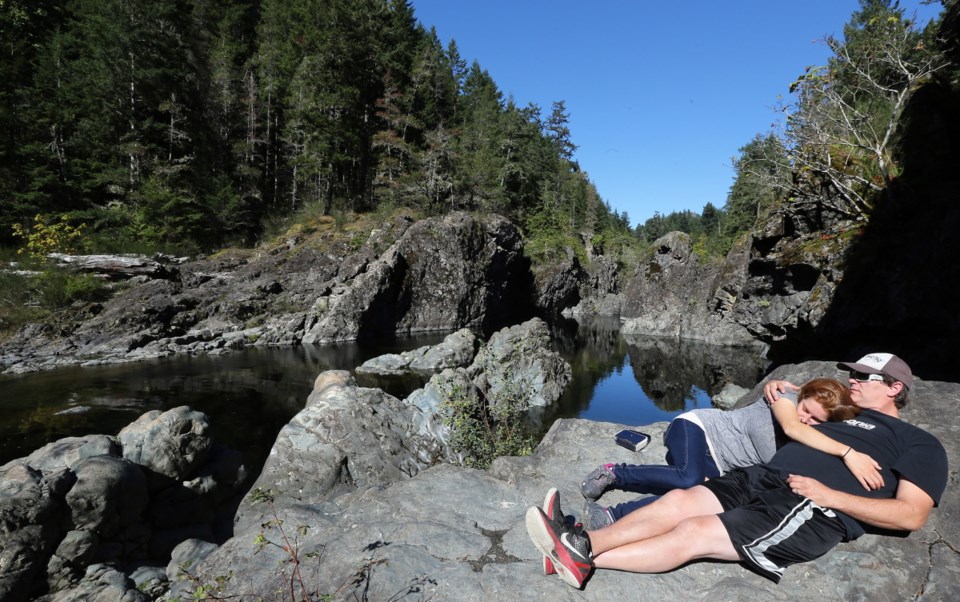A shortage of family doctors in Sooke may get worse now that the municipality no longer qualifies for rural incentives, says a local working group on health.
The area has seven family doctors serving a population of more than 16,000, including residents from the Juan de Fuca electoral district.
And 800 people are on a waitlist for a local physician, according to the Sooke Region Primary Health Care Services Working Group.
“There simply are not enough physicians for the population. And the population of Sooke is growing significantly, so we’re anticipating a growth in need,” said Linda Nehra, chairwoman of the group, formed in December 2013.
The health ministry offers up to $20,000 to doctors who move to a rural community with a vacancy, depending on the degree of isolation. A portion of the money is paid on arrival and the rest through yearly instalments.
But Sooke was removed from the list of eligible communities in 2013-14, primarily because of the rapid growth in nearby Langford, the Ministry of Health said. The incentive considers densification within a 35-kilometre radius.
It’s not like Sooke patients can find a doctor more easily in the West Shore, however.
Clay Barber, executive director of the South Island Division of Family Practice, said the doctor shortage is even greater in Colwood, Langford and Metchosin.
“We tend to say, how many patients are looking for family physicians? We’ve estimated that it’s between 15 to 35 per cent of the population [across the capital region], with the Western Communities being the highest,” Barber said.
Nationally, 15.5 per cent of people reported not having a regular medical doctor in 2013, according to Statistics Canada.
Doctor recruitment isn’t keeping pace with population growth, Barber said, and the problem is exacerbated by doctors who are retiring or moving their practices.
Six physicians left the Western Communities in the past three years. None has been replaced.
But West Shore residents, many of whom already commute to Victoria, can more easily seek a doctor elsewhere.
“It’s very different from Sooke, which is almost an isolated community,” Barber said.
Practising in a smaller community can also be more taxing for doctors.
Dr. Anton Rabien said he has a heavier workload in Sooke than he would in Victoria. Family doctors in rural areas, where there are fewer specialists, end up playing many roles.
When Rabien identifies a terminal illness in an aging patient, for example, he doesn’t refer them to a palliative care specialist, he gives palliative care himself.
“In Sooke, you’re the guy who’s going to their house in the middle of the night,” Rabien said.
The demand for doctors seems to have grown since he began working in Sooke in 2006, he said. In addition to their family practice, doctors are on call once a week and must attend to the after-hours clinic.
“We never really wanted to be a walk-in clinic,” he said.
“But there are so many people in Sooke without a family doctor that we have to add the after-hours clinic for people who don’t have a doctor.”
Rabien is originally from Sooke, but said he might have taken a job elsewhere if not for the rural incentive.
More valuable than the financial reward, he said, has been the rural locum program, which guarantees vacation coverage, allowing him up to 20 days off a year as well as opportunities to attend professional conferences.
There’s some good news on the horizon. Sooke is expecting one new physician to start in June and has another lined up to replace a retiring physician.
Meanwhile, the working group is recommending that Sooke develop its own physician recruitment package.
> Editorial: It’s time to standardize medical records, A10



